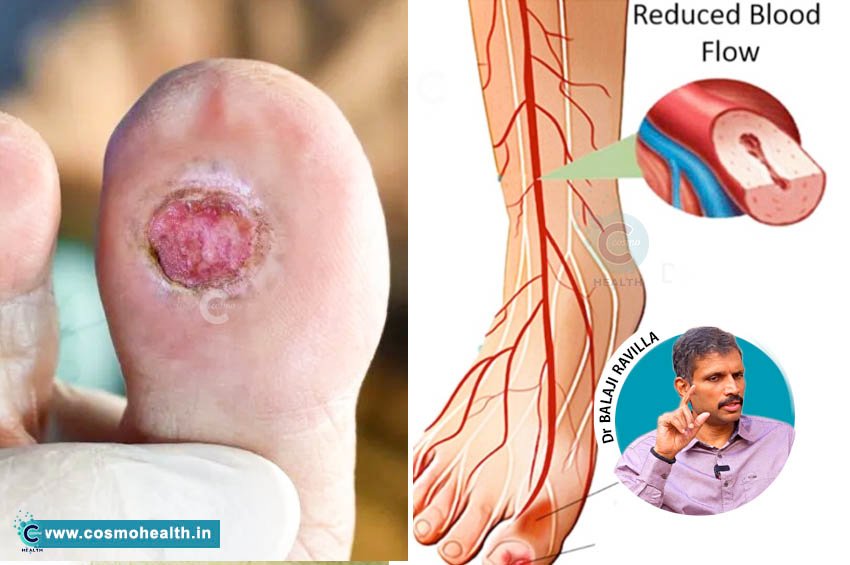Shingles, medically known as herpes zoster, is a painful condition resulting from the reactivation of the varicella-zoster virus (the virus that causes chickenpox). While it may not be as commonly discussed as other health issues, understanding shingles is crucial for effective management and prevention.
This article elucidates the symptoms, treatment options, and preventive strategies associated with shingles, helping you recognize and address this condition effectively.
What Causes Shingles?
Shingles occurs when the varicella-zoster virus, which dormantly resides in the body's nerve tissues after a person has had chickenpox, becomes reactivated. Various factors can trigger this reactivation, including:
- Age: Risk increases with age, especially for those over 50.
- Immunity decline: Situations that weaken the immune system, such as stress or illness, can lead to shingles.
- Certain medications: Drugs like steroids that suppress the immune system may contribute to the reactivation.
Symptoms of Shingles
Recognizing the signs of shingles early can significantly affect treatment outcomes. Common symptoms include:
- Intense pain: This often precedes other symptoms and can feel like a burning sensation.
- Rash: A red rash appears on the skin, typically in a stripe or small group, and may develop into fluid-filled blisters.
- Other symptoms: Fatigue, headache, and fever may accompany the rash.
Symptoms can vary in duration, typically lasting from three weeks to up to six weeks, but the pain associated with shingles can persist long after the rash has healed, a condition known as postherpetic neuralgia.
Treatment Options for Shingles
Effective shingles treatment focuses on relieving pain and shortening the duration of the outbreak. Some common treatment methods include:
- Antiviral medications: Medications such as acyclovir, valacyclovir, and famciclovir are most effective when initiated within 72 hours of rash onset. They can help reduce the severity and length of the illness.
- Pain relief: Over-the-counter pain relievers like ibuprofen or acetaminophen may provide some relief. In more severe cases, doctors may prescribe stronger opioids.
- Corticosteroids: In some situations, corticosteroids may be prescribed to reduce inflammation and pain, especially if the symptoms are particularly severe.
- Topical treatments: Creams or patches applied directly to the affected area can also alleviate discomfort.
It's essential to consult a healthcare provider for tailored advice and medication prescriptions based on individual conditions and responses to treatment.
Preventive Measures
Prevention is always better than cure, and in the case of shingles, vaccination is a key strategy. The shingles vaccine is recommended for individuals aged 50 and older, even if they have had shingles before, as it can greatly reduce the risk of reactivation. Key preventive measures include:
- Vaccination: The shingles vaccine (Shingrix) is highly effective in preventing the disease. It is recommended even for those who have previously had shingles, as it can provide additional protection.
- Healthy lifestyle choices: Maintaining a robust immune system through a balanced diet, regular exercise, and sufficient rest can lower your risk of shingles.
- Stress management: Engaging in stress-reducing activities can help mitigate one of the triggering factors for shingles.
Conclusion
Shingles can be an incredibly painful and disruptive condition, but understanding its symptoms and treatments can equip you to handle it effectively. Early recognition and intervention are crucial for minimizing discomfort and duration. Preemptive measures, particularly vaccination, are instrumental in reducing the likelihood of shingles, especially as you age.
If you or someone you know is experiencing symptoms of shingles, it’s vital to seek medical attention promptly to start appropriate treatment and manage the condition effectively. Protect yourself and your loved ones by staying informed about shingles today!





